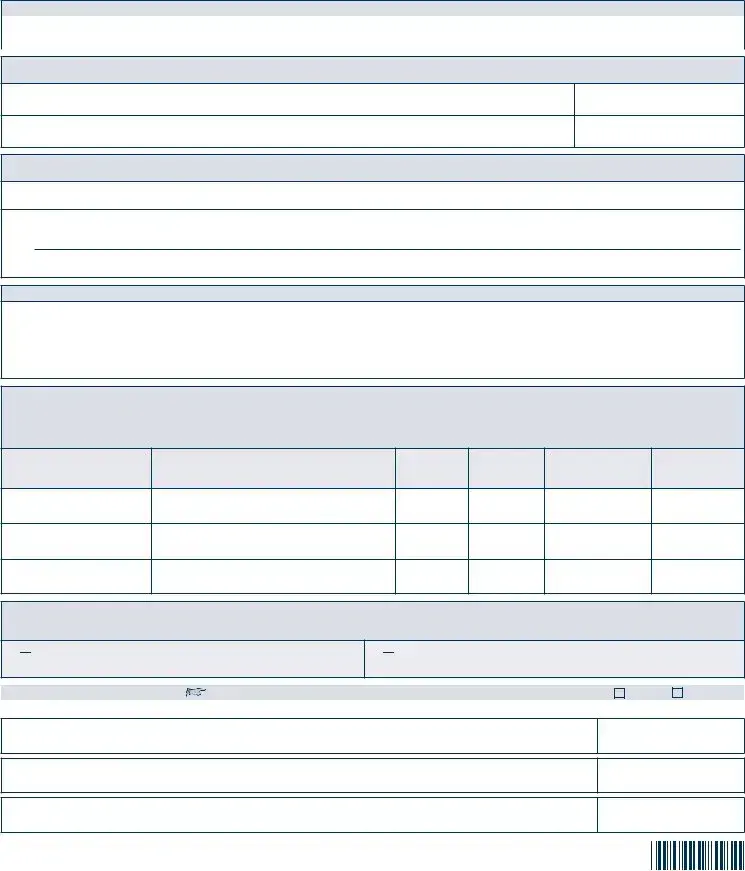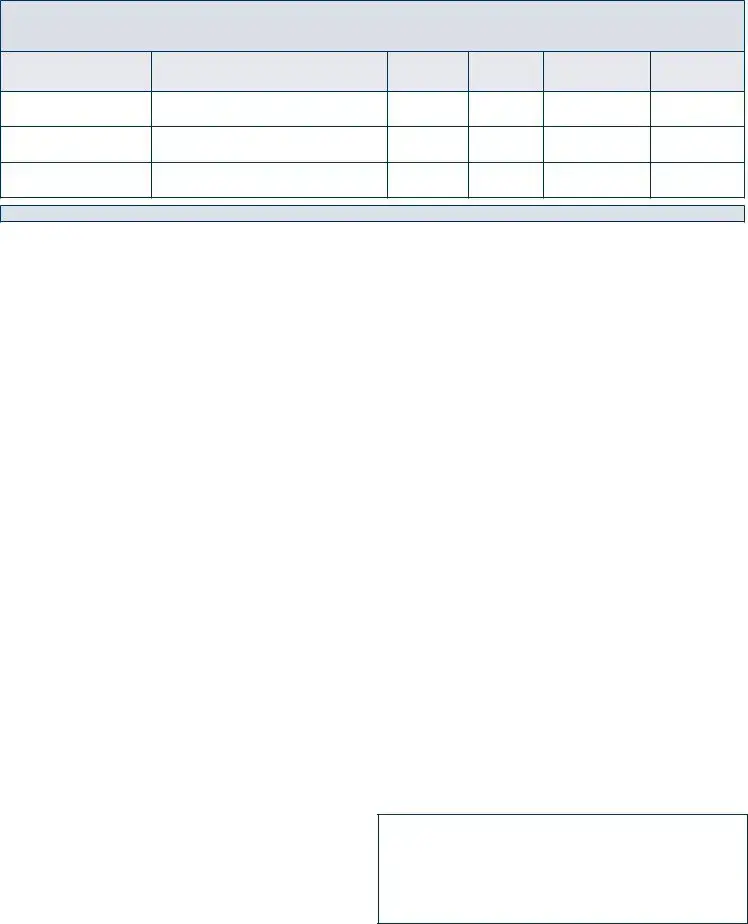I/We hereby request a Payable on Death (POD) designation for the beneficiary(ies) listed for the account(s) designated in this application, and I/we agree to the designations, beneficiary(ies), and survivorship designation on this form, and the terms of this Disclosure, as amended from time to time by Navy Federal Credit Union (Navy Federal) in its sole discretion.
It is understood and agreed that subject to the credit union’s bylaws and applicable state and federal laws, rules, and regulations, all sums paid into the account(s) may be pledged to the credit union as security for a loan by me, the joint owner, or both, if applicable, and further that all account funds may be withdrawn in whole or in part by any account holder.
I acknowledge that membership at Navy Federal comes with certain ongoing responsibilities. By signing this document, my joint owner(s), if any, and I agree to abide by the terms and conditions of all accounts or services that I/we receive at Navy Federal. These terms and conditions are disclosed in accordance with applicable state and federal laws and are provided in the disclosure and agreement forms. If “Joint Account with Survivorship” is selected, then upon the death of either account holder, Navy Federal reserves the right to re-title the POD-designated account(s) to the surviving account holder, and the designations in this application will remain in effect, unless and until action is taken by the surviving account holder to change the designations or transfer the funds.
Upon the death of all the account holders, if the designation is “With Survivorship,” or upon the death of the primary member if the designation is “No Survivorship,” funds in the account(s) shall be made payable and distributed to the surviving primary beneficiary, or if more than one beneficiary, to the surviving primary beneficiaries equally (including any named Legal Trust) unless a percentage designation is indicated (Section E). If a designated primary beneficiary predeceases the member, then the deceased primary beneficiary’s percentage share (including the proper termination or revocation of a legal trust) will be shared equally among any surviving primary beneficiaries. If a member’s Legal Trust is a named primary beneficiary, then any contingent beneficiary(ies) named in Section H shall not receive proceeds unless the Legal Trust was properly terminated or revoked prior to the primary member’s death. Distributions will be made to contingent beneficiary(ies) named in Section H, only if all primary beneficiary(ies) is/are deceased or, if applicable, a member’s Legal Trust was properly terminated or revoked. Further, upon the death of a contingent beneficiary (including the proper termination or revocation of a legal trust), the deceased contingent beneficiary’s percentage share will be shared equally among any surviving contingent beneficiaries.
I/We understand and agree that I/we am/are responsible for properly designating the respective percentage shares for the respective beneficiaries so that the total percentage equals 100%. If there is a discrepancy in the percentage shares and the total does not equal 100%, then I/we agree that the designation shall automatically be determined for the surviving beneficiaries to share the distribution equally.
I/We have read and agree to the terms and conditions of the Important Disclosure Booklet (NFCU 606). Property may be transferred to the appropriate state if there has been no activity within the time period specified by state law. I/We understand that Navy Federal reserves the right
to enforce a statutory lien against any savings and dividends I/we have individually or jointly on deposit at Navy Federal if I/we fail to satisfy any financial obligation I/we have with Navy Federal. Navy Federal may enforce this right without prior notice.
I/We understand and agree that I/we must notify the credit union if any new account should not be included under this POD designation if I/we have requested that all existing and any future account(s) be included in the POD designation.
The beneficiary designation above shall not apply to any type of Individual Retirement Account (IRA) that I have now or in the future, including savings, money market savings, and certificate IRA accounts. I understand that a separate change of beneficiary form (NFCU 584) must be completed to effect a change of beneficiary(ies) for any IRA account.
Beneficiary(ies) may be changed at any time by submitting a new POD Designation form (NFCU 250), signed by all account holders, as applicable, to be effective.
I agree and understand that if I desire a voluntary closure or shutdown of my POD account(s), then my accounts will not have a POD designation or any beneficiary(ies), and that I must further complete and submit a new POD Designation form (NFCU 250) to establish a POD account with new designation, beneficiary(ies), and survivorship designation for any desired account(s).
I agree that if there is a security compromise of my POD account(s), then my POD account(s) may be closed and new POD account(s) will be established for administrative purposes. I agree and understand the new POD account(s) established by Navy Federal will have the same designations, beneficiary(ies), and survivorship designations as this current POD form. If any changes or additions to the newly established POD account(s) are desired, then a new POD Designation form (NFCU 250) must be completed, signed by all account holders (as applicable), and submitted to be effective.
The survivorship designation on this form shall supersede the designation on all accounts included with this form.
Federal law requires all financial institutions to obtain, verify, and record information that identifies each person who opens an account, including joint owners and authorized signers. What this means for you: When you open an account, we will ask you for your name, address, date of birth, and other information that will allow us to identify you. We may also ask to see your driver’s license or other identifying documents. It may be necessary for Navy Federal to restrict account access or delay the approval of loans pending further verification.
Notice of Claim: Neither you nor Navy Federal may commence, join, or be joined to any judicial action (as either an individual litigant or the member of a class) that arises from the other party’s actions pursuant to this Agreement or that alleges that the other party has breached any provision of, or any duty owed by reason of, this Agreement, until such party has notified the other party of such alleged breach and afforded the other party a reasonable period after the giving of such notice to take corrective action.



 Joint
Joint 
 Joint
Joint 